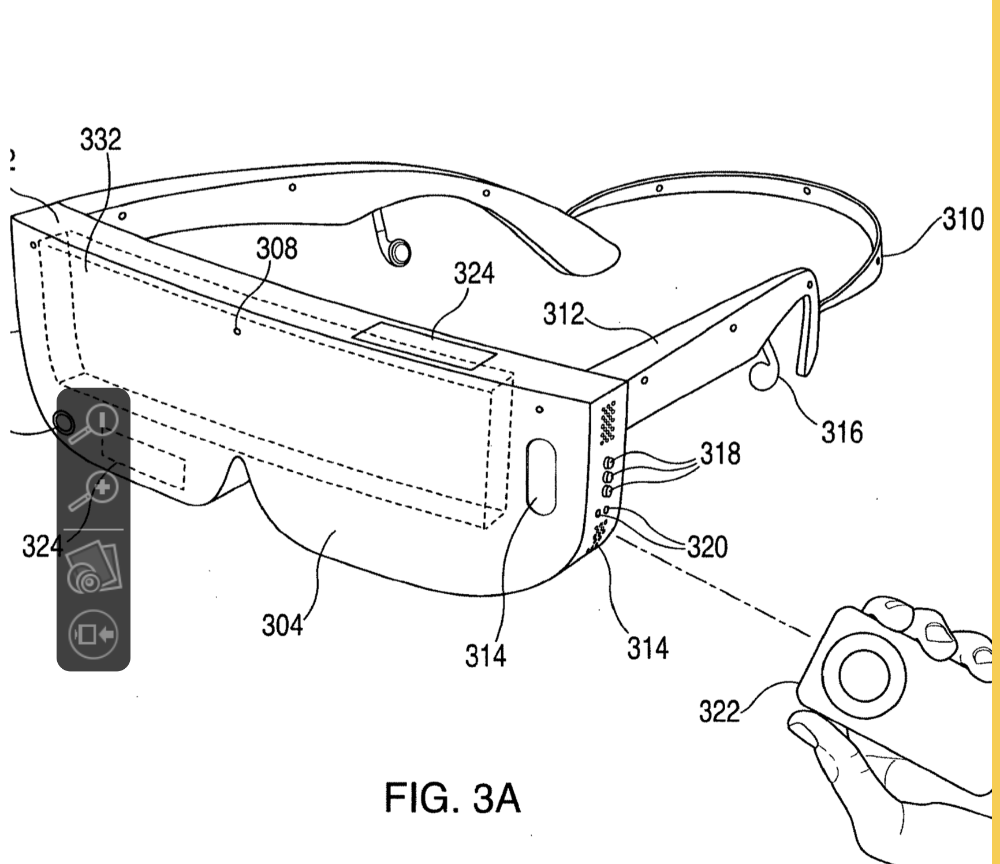Apple has applied for another patent (number 20190289107 — and one of several) that hints at the upcoming “Apple Glasses” will require an iPhone or perhaps an iPod touch for operation.

Apple is expected to debut “Apple Glasses,” an augmented reality/virtual reality head-mounted display (HMD), perhaps as early as next year. The iOS may be physically coupled to the HMD such that the portable electronic device can be worn on the user’s head. The smartphone may be operatively coupled to the head-mounted device such that they can communicate and operate with one another. Each device may be allowed to extend its features and/or services to the other device for the purpose of enhancing, increasing and/or eliminating redundant functions between the head-mounted device and the portable electronic device.
In March, analyst Ming-Chi Kuo predicted that Apple will release smart glasses in 2020, and that they’ll be “powered” by an iPhone. He thinks the mass production of what most have dubbed “Apple Glasses” may start in the fourth quarter of 2019, though this window could extend into the second quarter of 2020.
Kuo believes the head-mounted display will only act as a display, with a nearby iPhone performing all of the processing, including rendering scenes, providing a data connection, and location-based services like GPS.
Per the new patent filing, the Apple Glasses would be constructed to receive a portable electronic device (an iPhone or iPad) having a screen. The combination would allow media provided by the iOS device to be viewed via the head-mounted display.

Here’s the summary of the patent filing: “Head-mounted display systems and methods of operation that allow users to couple and decouple a portable electronic device such as a handheld portable electronic device with a separate head-mounted device (e.g., temporarily integrates the separate devices into a single unit) are disclosed. The portable electronic may be physically coupled to the head-mounted device such that the portable electronic device can be worn on the user’s head.
“The portable electronic device may be operatively coupled to the head-mounted device such that the portable electronic device and head mounted device can communicate and operate with one another. Each device may be allowed to extend its features and/or services to the other device for the purpose of enhancing, increasing and/or eliminating redundant functions between the head-mounted device and the portable electronic device.”
